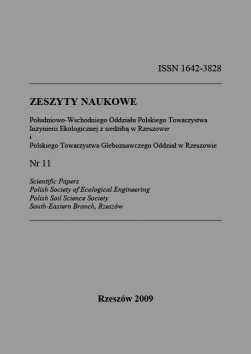Biochemiczna ocena stopnia świeżości jaj pochodzących od kur polskich zachowawczych rodów nieśnych
Słowa kluczowe:
β-N-Acetyloglukozaminidaza, białko jaja, kura, stopień świeżościAbstrakt
Badano aktywność enzymu hydrolitycznego β-N-Acetyloglukozaminidazy (β-HEX) w białku jaj dwu zachowawczych rodów kur nieśnych: Leghorn H-22 i Żółtonóżka Ż-33 podczas krótkotrwałego przechowywania jaj w temperaturze pokojowej. Stwierdzono, że aktywność właściwa β-HEX u obydwu badanych rodów kształtuje się podobnie i nie różni istotnie pomiędzy rodami. Aktywność właściwa β-HEX w białku jaj kur rodu Leghorn H-22 wynosiła 4,04±0,35 mU/mg białka i zmniejszyła się do 5 % początkowej wartości po siedmiu dniach. Podobnie, w białku jaj kur rodu Żółtonóżka Ż-33 aktywność właściwa β-HEX wynosiła 3,30±0,44 mU/mg białka w pierwszym dniu po zniesieniu i zmniejszyła się do 1,8 % początkowej wartości po siedmiu dniach. Pomiar aktywności β-HEX w białku jaj krótkotrwale przechowywanych może być wykorzystany jako test określający świeżość jaj u obu badanych rodów kur.
Downloads
Pobrania
Opublikowane
Licencja
Prawa autorskie (c) 2009 Polish Journal for Sustainable Development

Utwór dostępny jest na licencji Creative Commons Uznanie autorstwa – Użycie niekomercyjne – Bez utworów zależnych 4.0 Międzynarodowe.


